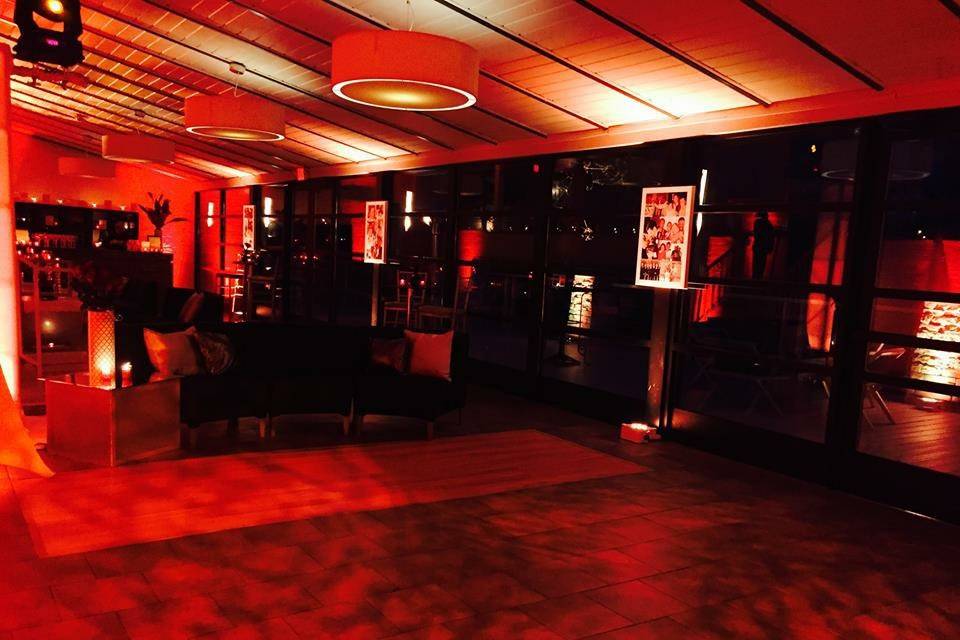Motion projection projection is an innovative creative form that merges technology and innovation to transform ordinary spaces into remarkable sight displays. This technique entails casting images and footage onto 3D elements, such as buildings, artworks, or platforms. One of the most crucial elements in creating successful mapping is the use of efficient lighting methods. Proper lighting enhances the visual components of the projection and guarantees that the visuals are crisp and captivating. This piece examines the influence of illumination techniques on motion mapping and how they can enhance the overall experience.
Lighting plays a crucial part in video projection because it establishes the atmosphere and feel of the display. Different lighting techniques can evoke various emotions and reactions from the viewers. For example, using gentle, warm lights can create a welcoming environment, while vivid, cold lights may create a more energetic or dramatic effect. By thoughtfully choosing light colors and intensities, artists can manipulate how viewers perceive the projected visuals, leading to a more engaging experience. The balance between mapping brightness and ambient light is crucial, as it can greatly impact the visibility and effect of the images.
In click for info addition to, hue and intensity, the direction of illumination also influences the efficacy of mapping. Illumination from different directions can create contrast and accents that introduce dimension to the projected images. This technique, known as light and shadow, can improve the 3D quality of the subjects being mapped. Furthermore, using moving illumination can introduce dynamism to the display, making the experience more involving for the audience. When the illumination interacts with the projected images, it can produce an effect of motion and transformation, grabbing the audience's focus.
Another important element of lighting in mapping is the use of special effects. Techniques such as gobo illumination, which uses patterns and shapes to filter light, can introduce depth and intricacy to the mapping. This approach allows artists to superimpose images and produce aesthetically stunning effects that enhance the projection. Moreover, adding laser lights or LED illumination can additionally improve the exhibit, providing a unique blend of visual elements that draw the audience in. These special features, when go now used carefully, can transform the mapping into a basic display to an immersive work of creativity.
In summary, the influence of illumination methods on motion projection is profound. By understanding how different lighting elements interact with mapped visuals, creators can create captivating experiences that resonate with audience. The thoughtful choosing of hue, brightness, direction, and unique features enables for a vivid canvas of sight narrative. As tech continues to grow, the possibilities for creative expression in projection will only grow, making lighting an increasingly vital aspect in this progressive creative medium.

Comments on “Illuminating the Influence of Illumination Techniques on the Craft of Video Projections Mapping Techniques”